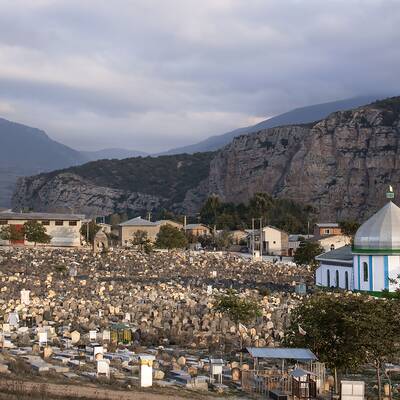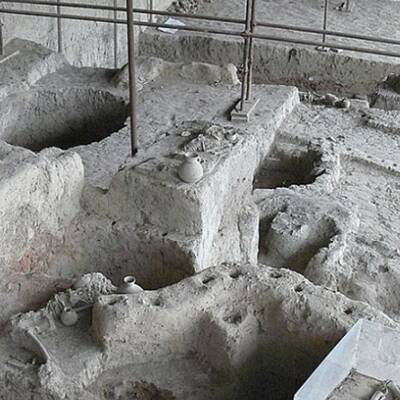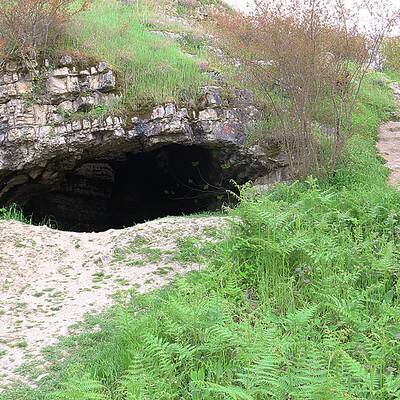Abbas Abad historical complex (Persian: باغ عباس آباد, also known Abbas Abad Garden, Bagh-e Abas Abad)is a garden and lake located in Behshahr city. Shah Abbas Safavid ordered the construction of this complex in 1612. Eventually, it led to one of the most prominent and irreplaceable gardens in a non-desert area in Iran.
Abbas Abad historical complex is located 9 km from Behshahr county and in the hillside of Alborz mountain range and among dense forest. The complex includes a Sarooj (a traditional water-resistant mortar used in Iranian architecture) dam known as the Abbasabad Dam, dam reservoir and lake with the main mansion in the middle, garden, bath, water mill, and two brick towers to guard and monitor the complex.
The most famous building of Abbas Abad Complex is a four-arched brick masonry located in the center of the lake. This garden pavilion was not what it used to be. What is visible today of this valuable monument is only its basement. According to experts, there was a room with wooden materials on this pavilion for the Safavid kings to rest.
When the water level rises, the four arches are submerged; Only the plants that have grown on its upper surface appear as an island in the middle of the lake. Provided that the water level is low, you can see the pavilion with a pair of arches on all four sides.
Abbas Abad Complex also had a bathroom. Bathroom with one hundred and sixty square meters of infrastructure on the west side of the garden. It is worth mentioning the Safavid kings used hot water while using this bath. The presence of a place including hot water in this bath has made it one of the buildings with advanced and leading-edge technology in the Safavid era.
In 2011, this beautiful complex is registered as UNESCO World Heritage Site, along with eight other gardens, under the title of “Persian Garden”.



.jpg)


